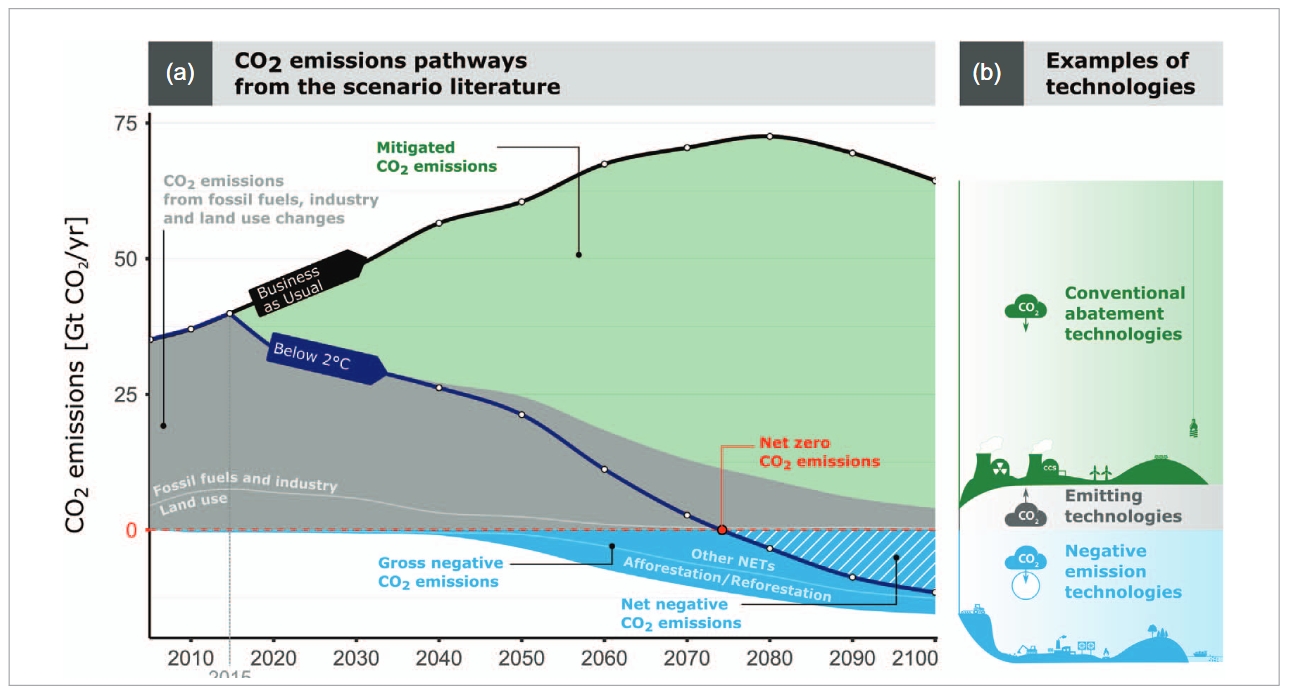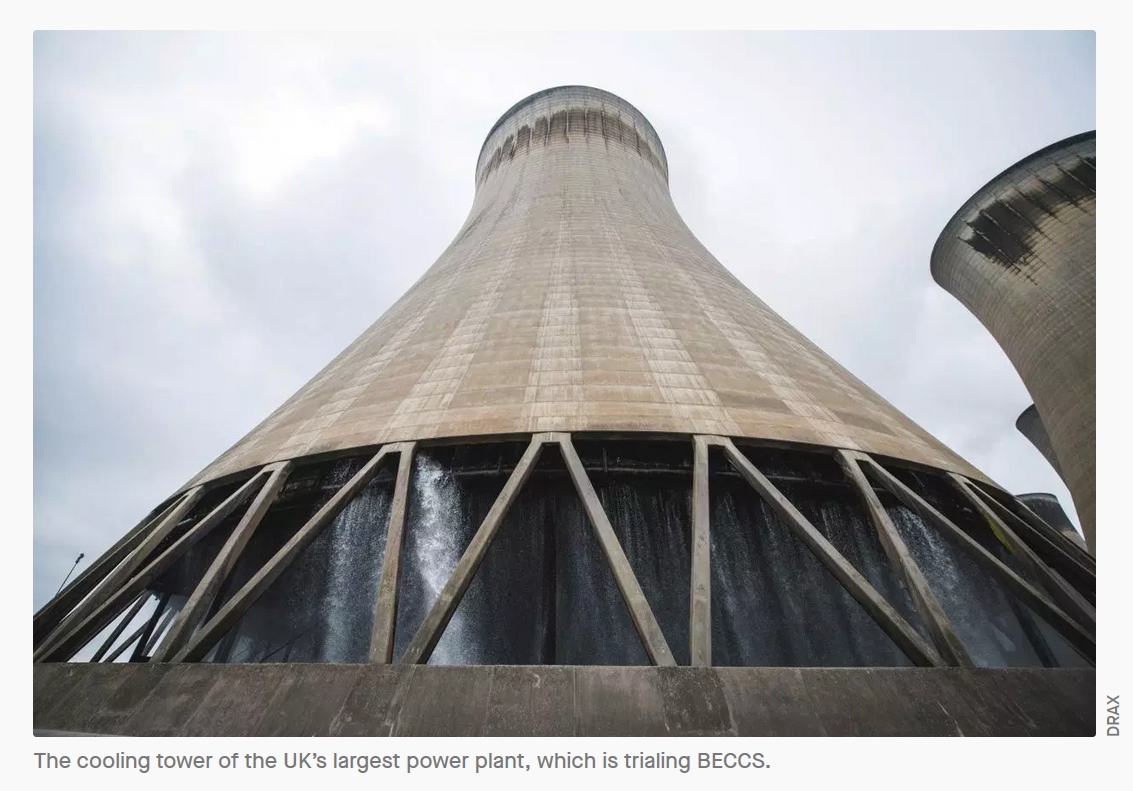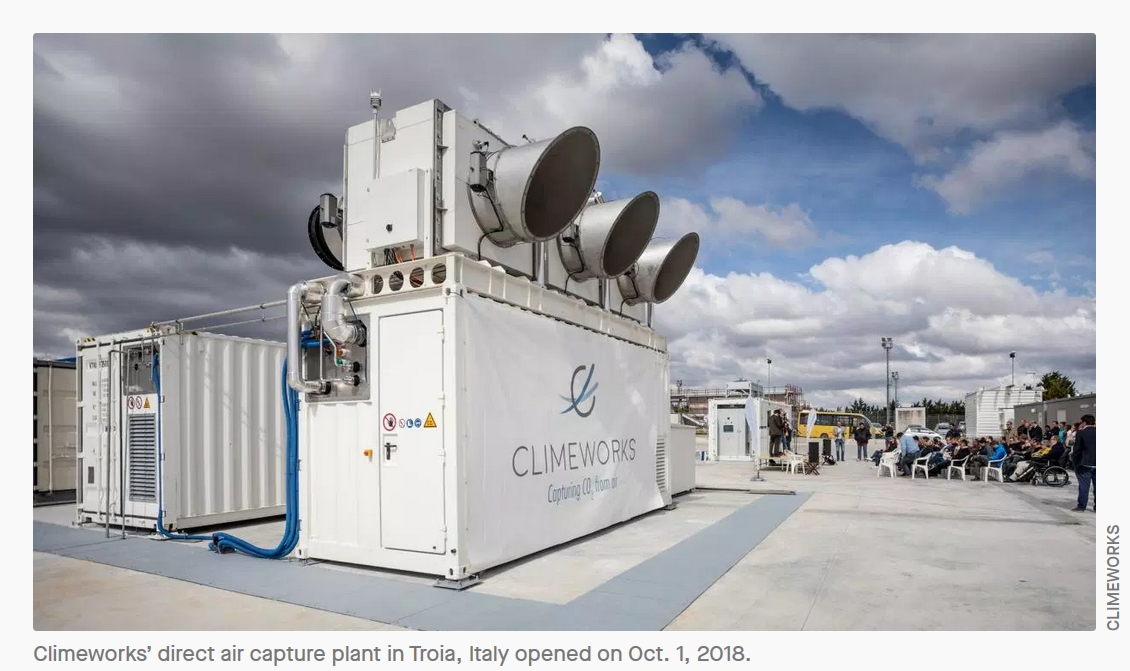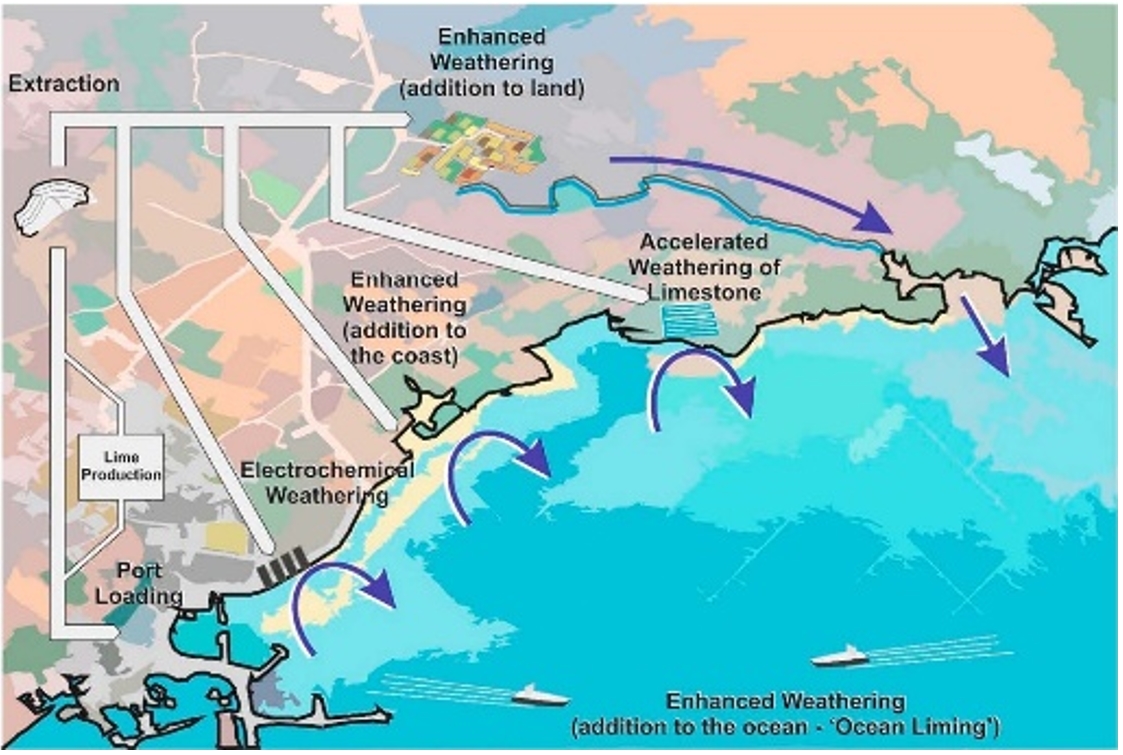According to the scientific community, a rapid decrease of CO2 emissions is required in order to limit the increase in global average temperatures "well below 2° C", as required by the Paris Agreement. But at the same time, also the removal from the atmosphere of the excess CO2 will be essential.
Since there is a substantially linear relationship between the cumulative amount of CO2 emitted into the atmosphere and the global average temperatures, a target temperature stabilization level implies a maximum amount of CO2 that can be emitted. Moreover, if such threshold is exceeded, a direct removal of atmospheric CO2 in excess will be needed to stay below the threshold.
The more emission reduction is postponed, the greater the amount of CO2 to be removed. Even if ambitious mitigation pathways will be reached in the following decades, according to many scientific studies the achievement of billions of tons of "negative CO2 emissions".
A first way to remove CO2 from the atmosphere is to scale-up all the natural systems that absorb CO2 from the atmosphere, such as stopping deforestation and reforesting unused areas, increasing the carbon content of the soil with conservative agricultural practices. However, the amount of CO2 to be removed is much higher than what seems possible with these practices.
The main technology discussed worldwide to achieve negative emissions is BioEnergy and Carbon Capture and Storage (BECCS), in which the plants act as "sponges" for atmospheric CO2 , which is absorbed and then safely stored. Other technologies proposed and studied by many research centres are based on the direct absorption of CO2 from the air through different filters (DACCS: Direct Air Capture and CCS).
Other negative emission technologies consist of accelerating the natural weathering processes and reaction with carbonate rocks that determine, in a very long time, the removal of atmospheric CO2 . One method is ocean alkalinization, which consists in discharging alkaline products (i.e. limestone or slaked lime) in the sea, increasing the pH of the water favoring a greater absorption of CO2 from the sea surface.
All those processes are still under research and development, their limit being the high economic and energy costs, higher than other technological options available to reduce the emissions. But in order to be available and profitable in the medium term, they must now be the subject of research and development.
The DESARC-MARESANUS project, therefore, aims to study the feasibility of a process that exploits the biomass for producing lime to be used for sea alkalinisation. The excess CO2 arising from the process is safely stored, while clean energy carriers are also generated as a by-product.
To know more about:
Anderson et al. (2019) Natural climate solutions are not enough. Science, 363, 6430, 933-934.
Fuss et al. (2018) Negative emissions – Part 2: Costs, potentials and side effects. Environmental Research Letters 13, 063002.
Griscom et al. (2017) Natural climate solutions. PNAS, 114, 11645-11650
Minx et al. (2018) Negative emissions – Part 1 : Research landscape and synthesis ‘ Environmental Research Letters, 13, 063001.
Nemet et al. (2018) Negative emissions – Part 3: Innovation and upscaling. Environmental Research Letters 13, 063002.
Renforth and Henderson (2017) Assessing ocean alkalinity for carbon sequestration. Rev. Geophysics, 55, 636 – 674





